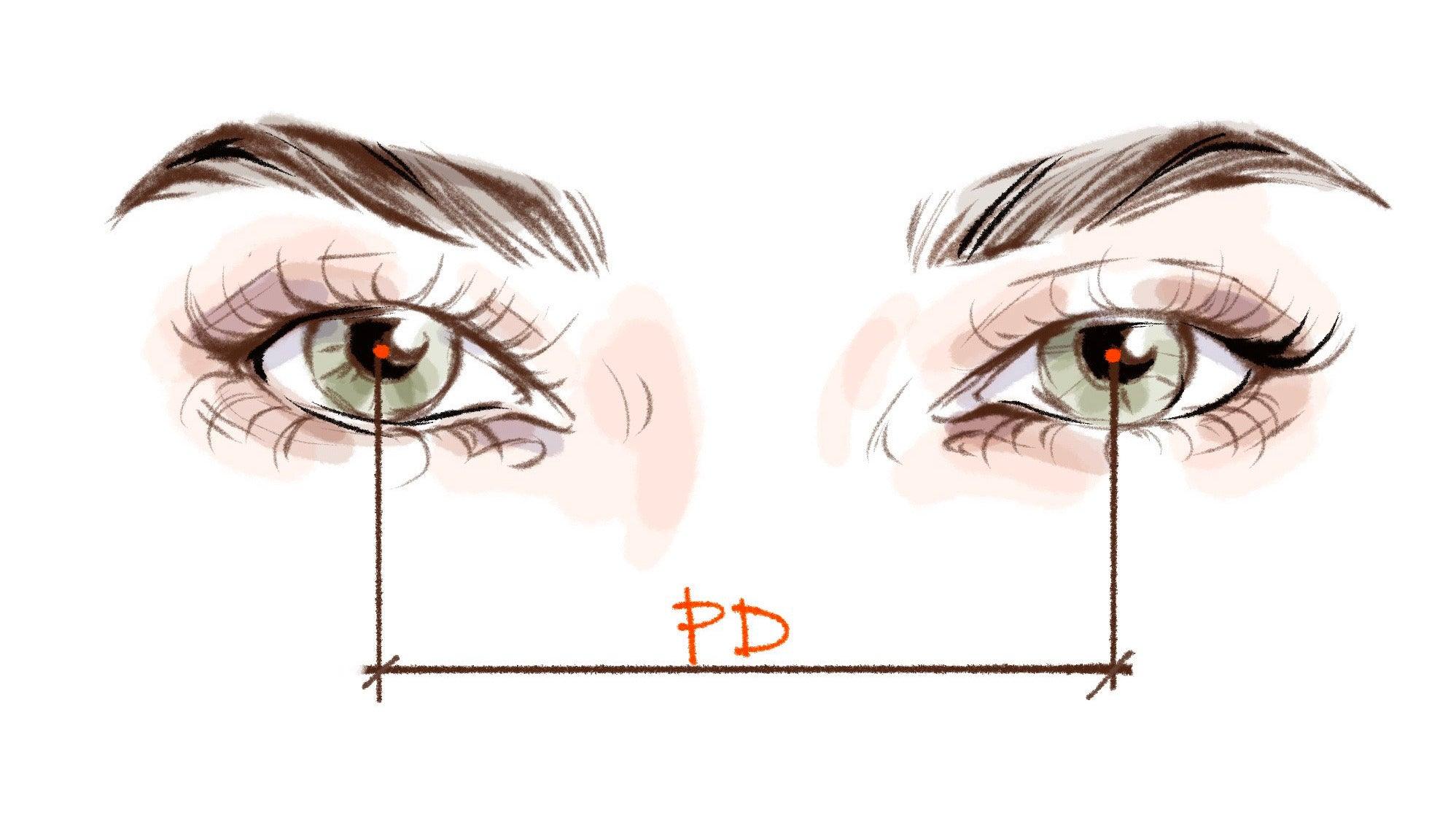
How to Read Eyeglass Prescriptions
Whether it’s your first time wearing eyeglasses or your fifth pair of specs, the odd series of numbers and letters in an eye prescription can still look confusing. They tell your eye doctor just how to fashion your eyeglasses to fit your needs, but how can you decipher what’s there? Making sense of your optical prescription doesn’t have to be rocket science. Here, we’ll explain the basic details of your eyeglasses prescription so that you can gain better insights as well.
The Right and Left Eyes
The first thing that is important to know when reading any optical prescription is what details pertain to which eye. After all, your left and right eyes aren’t identical, so it is important to differentiate between the two.
The abbreviation OD stands for “oculus dexter,” which in Latin means right eye. OS stands for “oculus sinister,” which means left eye. Sometimes eyeglass prescriptions also have columns labeled “OU.” This stands for “oculus uterque,” meaning both eyes. Information pertaining to your right eye (OD) always comes before the information for your left eye.
You can expect these abbreviations to appear on prescriptions for glasses, contact lenses, and eye medicines. Some clinics have opted to modernize their prescriptions by using RE (right) and LE (left eye) instead.
The Elements of an Eye Prescription

Now that you know how to identify information related to each eye, we can move on to the three elements of an eye prescription: S, C, and Axis.
S or SPH refers to sphere, which measures how nearsighted or farsighted you are.
C or CYL refers to cylinder, which indicates whether you have astigmatism and to what degree. Astigmatism is when the shape of your cornea resembles that of a football instead of being perfectly round, which in turn affects your eyesight. The larger the number for CYL, the stronger the astigmatism.
Lastly, Axis is a number between 0 and 180 degrees to show the orientation of your astigmatism. In other words, it tells eye doctors where the curvature in your cornea is taking place.
You may also notice an Add column in your prescription. This is for any additional lens powers your eyeglasses may need (ex: for bifocal lenses).
How Everything is Measured
Sphere, cylinder, and add powers are measured in diopters. This figure appears in decimal form and is written in quarter-diopter increments (0.25 D).
Axis values are whole numbers that range from 1 to 180 and indicate a location on the eye, not a power.
Sample Prescription
Let’s look at a sample prescription to get a feel of how a prescription is deciphered by an eye doctor.
|
|
SPH |
CYL |
AXIS |
ADD |
|
OD |
-2.00 |
|
|
|
|
OS |
-1.00 |
-0.50 |
180 |
|
As you can see from the sample above, the right eye is shown to have a -2.00 sphere to correct for nearsightedness. There are no cylinder or axis powers, which means that there is no astigmatism in the right eye.
The left eye, on the other hand, has a -1.00 D sphere to correct for nearsightedness. There is astigmatism in the left eye measured at -0.50 D. The axis is found at the 180 meridian, meaning the astigmatism is horizontal.
Other Details in Eyeglasses Prescriptions
Apart from the information above, your eye doctor may also recommend specific additions to your lenses. They may include progressive lenses or an anti-reflective coating to give you the best possible experience for your vision correction.
The Bottom Line
What might seem like a bunch of gibberish at first is a pretty straightforward way of letting eyeglass manufacturers know how to create your specs. These numbers and letters tell them everything they need to know about what type of lenses you need and how strong they have to be, accounting for nearsightedness, farsightedness, and astigmatism.
Remember that over time your vision will change, so seeing your eye doctor to ensure your glasses are up to date is an important appointment to make at least every couple of years.









Leave a comment
This site is protected by hCaptcha and the hCaptcha Privacy Policy and Terms of Service apply.